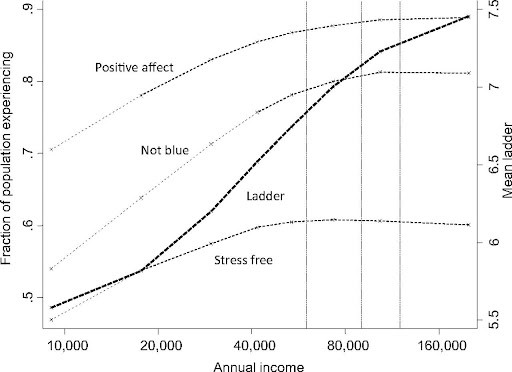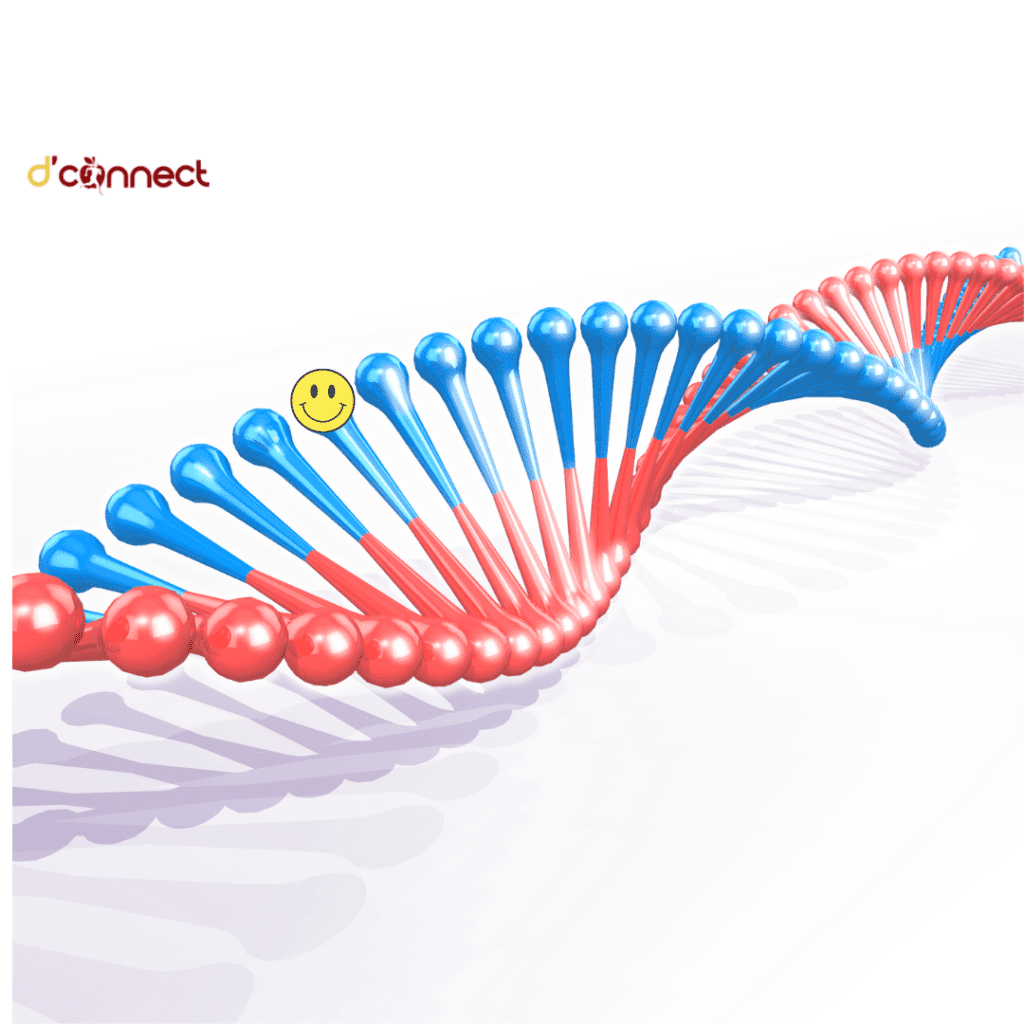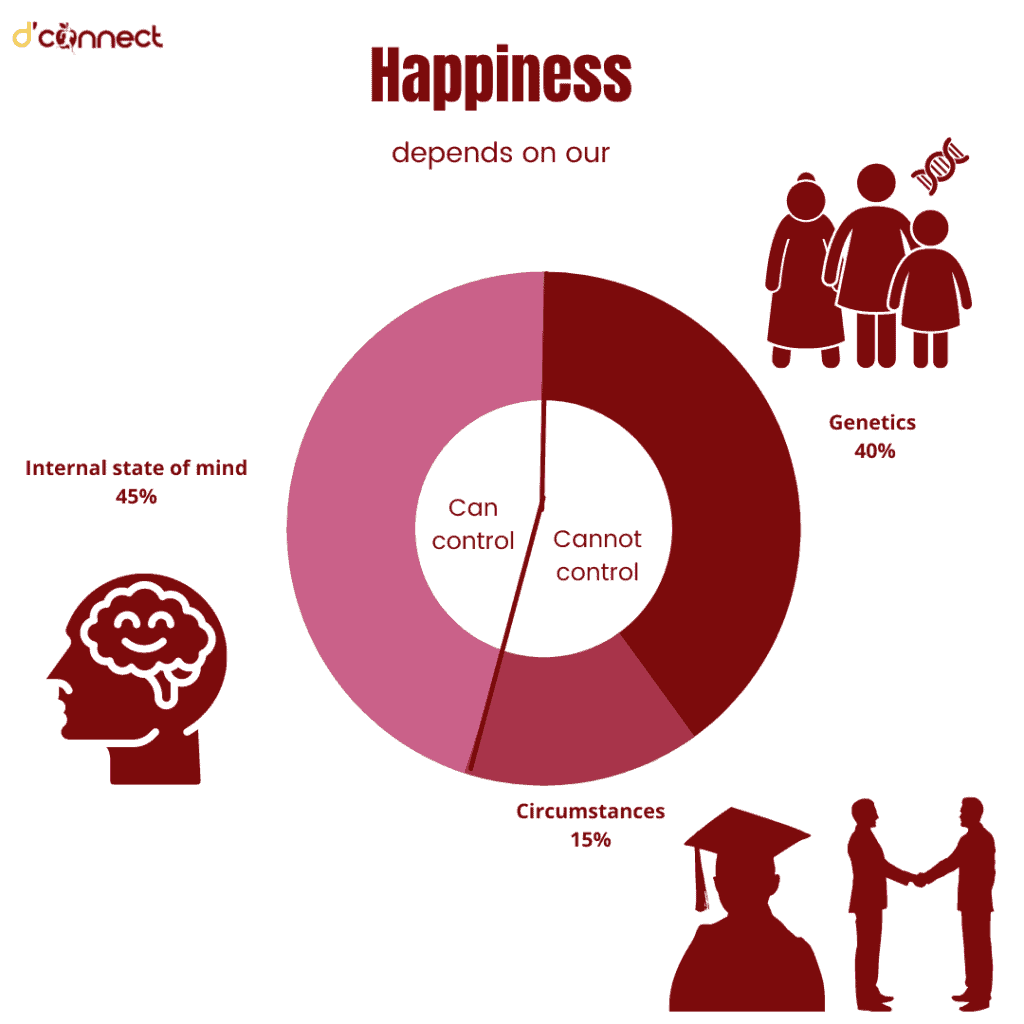
Molly Farrell
BSci majoring in Psychology, PGDp in Health Science
Note — The article was checked and updated May 2023.
The hedonic treadmill is a theory suggesting that accumulating wealth or making more money does not permanently increase a person’s level of happiness.
Following a positive emotional change in life, the initial surge of happiness returns to the previous baseline which might suggest that achieving a certain level of happiness could be determined by our genetics and that happiness is heritable.
Before we can say if hedonic treadmill is good or bad, we first need to understand what hedonic treadmill is and how it can help us put our life and our goals in perspective.
What is Hedonic Treadmill - Overview and Fundamentals
The hedonic treadmill terms the psychological phenomenon, that despite the severity of emotional highs and lows, humans tend to return to their baseline level of happiness.
This term was first coined in 1971 by Brickman and Campbell, two psychologists determined to capture the idea that wealth does not increase our level of happiness.
We hop on a “treadmill” and chase this idea of happiness without actually moving forward. In other words, we adapt to the influx of the good or the bad, hence why some call this theory hedonic adaptation.[1]
Generally speaking, humans desire the next best thing – monetary wealth, a new promotion or the latest gadget. These desires are persuaded with our expectation that they will bring us more joy; we think that we will be more satisfied when we check off our wishlist.
The reality is, humans are adaptive. Any new found success will spike our happiness levels initially but as time moves on we habituate and return to the level of happiness we were at originally. Not to be discouraged though.
The good news is, this phenomenon is not limited to positive emotions but includes negative ones as well.

We have incredible resilience allowing us to stabilize when we are challenged with negative events too.[1]
Research behind Hedonic Adaptation (with examples)
Brickman completed his first study on the topic in 1978. He interviewed winners and accident victims – 22 lottery winners and 29 paraplegics – to understand the impact their life events had on their long term happiness.[2]
The research found, regardless of any initial spikes with happiness post lottery win, that these individuals returned to their original levels of life satisfaction.
These results were also mirrored with those who had experienced devastating life events. They witnessed an initial decrease of happiness after the event which lead to their paralysis, but as time went on these individuals also returned to their baseline of wellbeing.[2]
This tells us that we tend to return back to our baseline of happiness after extreme events in our lives. In light of this, we can dive into the perpetual question – does money buy us happiness?
Happiness and Money
Humans have a hunger to earn more, which is a prime example of being stuck on the Hedonic treadmill. But is this yearning justified?
Kahnenam and Deaston conducted a study measuring the subjective wellbeing of 1000 individuals in the US against their annual income.[3] Subjective wellbeing was broken down into various components, such as
- Being stress free
- Measuring enjoyment and happiness
As we can see in the table below, income can predict our level of happiness to a point. But there is a cut off.

Once the figure reaches approximately $50,000, the value of someone’s annual income does not impact their stress levels. Beyond $75,000 there is also no improvement in regards to wellbeing.[3]
Money and level of happiness has a cut off point
This evidence tells us that once an individual is financially stable and can provide for themself and their family, and can avoid illness and disease (as much as possible), there is no predictive nature that more money will create more happiness.
Happiness Gene - Is happiness genetic?

Interestingly, research has found that there are genetic elements to happiness and life satisfaction.
Through an interplay of our genetics and environment some individuals may have a predisposal contributing to higher levels of happiness.
To dig a little deeper, there are key variations found with a serotonin transporter gene 5-HTTLPR.[4]
In a 2011 study testing this theory, individuals with the most efficient form of this gene reported significantly higher levels of life satisfaction.
This genetic influence works via our personality traits – those with this gene tend to have less feelings of anxiety and depression and are more optimistic and grateful.[4]
RELATED — Introduction to: Depression

Also, we can distinguish our pursuit of happiness in two ways, eudaimonism ions and hedonism.
Hedonism captures our desire for instantaneous pleasure
On the contrary, eudonomia captures our pursuit for wellbeing through finding meaning and purpose.
This concept proposes self actualisation and personal growth as key components of happiness needed for our wellbeing.[5] The common thread between our personality, our satisfaction and our wellbeing is perspective.
Happiness is a state of mind
― Steve Maraboli
As the quote goes, “happiness is a state of mind not a destination”. Here, we may want to ask ourselves – if our wins and losses aren’t going to improve our long term happiness, then how can we become happier?
What are 3 steps to increase our baseline level of happiness
The Hedonic treadmill shows that our maximum happiness is reliant on how we perceive what we currently have.
Happiness is the collateral of a positive mindset
Evidence shows that there are 3 key ways we can improve our baseline happiness. These are:
- Practising gratitude
- Altruistic behaviour
- Mindfulness
Practising Gratitude
In the world of psychology, practising gratitude is highly acclaimed. Not only has it found its place in spiritual settings, but practising gratitude is also embedded in clinical work too.[6]
Gratitude can be explained through affirming the good things in our lives and recognising that these good things are at least somewhat beyond ourselves as individuals.[6]
What are the benefits of gratitude?
Gratitude has healing effects and can be a tool to alleviate emotional suffering.[6] Daily practice of being grateful can help shift our mindset and we can enjoy what we have rather than seek more of what we want.
Furthermore, gratitude goes beyond the mind and has long lasting positive effects on our physical health too.
Studies have found that gratitude improves our immune functions, cortisol levels (associated with stress) and reduces risk of stroke.[6]
Altruism
The term altruism refers to the act of helping others at our own expense, such as donating money for a charity. For most of us, altruistic tendencies are innate, and for good reason.
Science shows the benefits we reap from altruistic acts justify our expenditure for the benefit of others.[7]
Doing things for other people boosts our wellbeing
Altruistic acts create and help solidify connections.[7] They also make us feel good – we get a release of endorphins and we genuinely feel happier. Regardless of how you may feel at the time, the duties involved with helping others can improve one’s inner peace.
Mindfulness
Mindfulness has become quite the buzz word these days and for good reason. Science tells us that practicing mindfulness daily can have vast effects on our mental wellness.
Being mindful is the practice of being present in the moment, while observing what you are currently experiencing without judgment. There are various ways in which we can channel mindfulness, meditation being its main form of cultivation.[8]
RELATED — Introduction to Mindfulness: Enjoy the present moment and appreciate life
When we meditate, we slow down our nervous system and we calm down.
In such moments, our bodies can fully relax and we give our mind time to temporarily let go of any stressful thoughts and seek peace.[8]
How to jump off Hedonic Treadmill
It’s now easy to understand why most of us get stuck on the hedonic treadmill. Luckily, there are ways to jump off. Practising Gratitude and Mindfulness, and focusing on Altruistic behavior, are 3 ways of living we should all adopt to be happier versions of ourselves.
What is your story – do you also think that you are on a continuous hunt for happiness? Do you feel that the wheels are spinning, but that you are just running in place like the most of us. Let us know in the comments below.
Also, Subscribe to our Newsletter to know when similar articles will be going live.
Mental Health and Wellness Advocate
With extensive experience as a mental health support worker, Molly knows first hand the impact our mind can have on our physical, emotional and social wellbeing. She has completed a Bachelor’s of Science, majoring in Psychology, and a postgraduate diploma in Health Science, which gives her an opportunity to combine theoretical knowledge with practice.
Molly’s goal and focus is to provide others with education and awareness on how we can improve our mental wellness and of those around us.
References
(1) Luhmann, M & Intelisano, S. (2018). Hedonic adaptation and the set point for subjective well-being. In Diener,E.,Oishi, S & Tay,L. Handbook of well-being. Salt Lake City. Retrieved from https://www.nobascholar.com/chapters/21/download.pdf
(2) Brickman.A. Coates, D & Janoff-Bulman, R. (1978). Lottery winners and accident victims: Is happiness relative? Journal of Personality and Social Psychology, 36(8), 917–927
(3) Kahneman, D & Deaton, A. (2010). High income improves evaluation of life, not emotional wellbeing. Proceedings of the National Academy of Sciences of the United States of America, 107 (38), 16489-16493
(4) De Neve, J.E. (2011). Functional Polymorphism (5-HTTLPR) in the serotonin transporter gene is associated with subjective well-being: evidence from a US nationally representative sample. Journal of Human Genetics, 56, 456-459.
(5) Ryan, R.M & Deci, E.L. (2001). On Happiness and Human Potentials: A Review of Research on Hedonic and Eudaimonic Well-being. Annual Review of Psychology, 52, 141-166. Retrieved from https://www.researchgate.net/publication/12181660_On_Happiness_and_Human_Potentials_A_Review_of_Research_on_Hedonic_and_Eudaimonic_Well-Being
(6) Emmons, R.A & Stern, R. (2013). Gratitude as a Psychotherapeutic Intervention. Journal of Clinical Psychology, 69 (8), 846-855
(7) Psychology today. (2021). Altruism. Psychology Today. Retrieved from https://www.psychologytoday.com/nz/basics/altruism
(8) Psychology today. (2021). Mindfulness. Psychology Today. Retrieved from https://www.psychologytoday.com/nz/basics/mindfulness







What a great article. I relaxed just reading it!